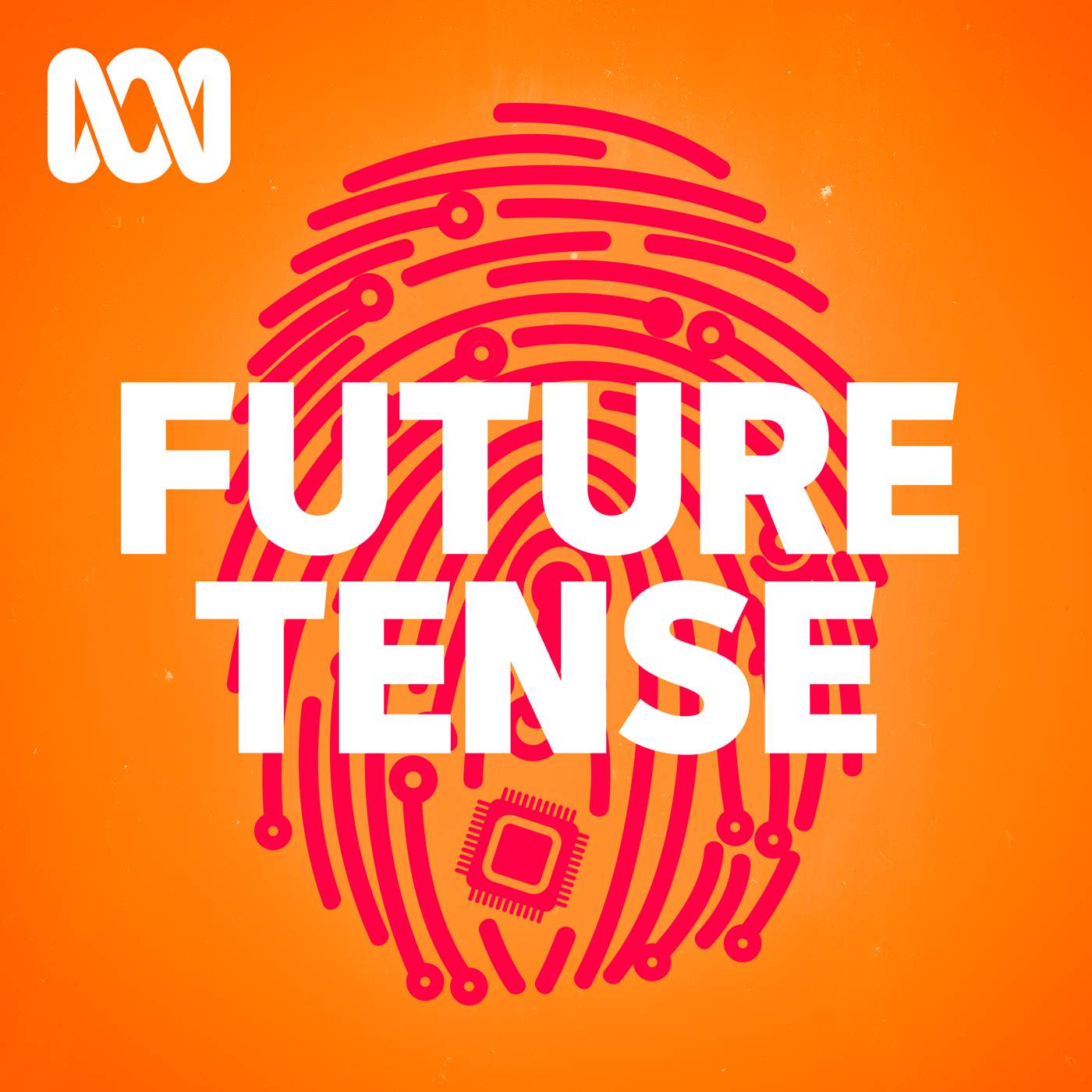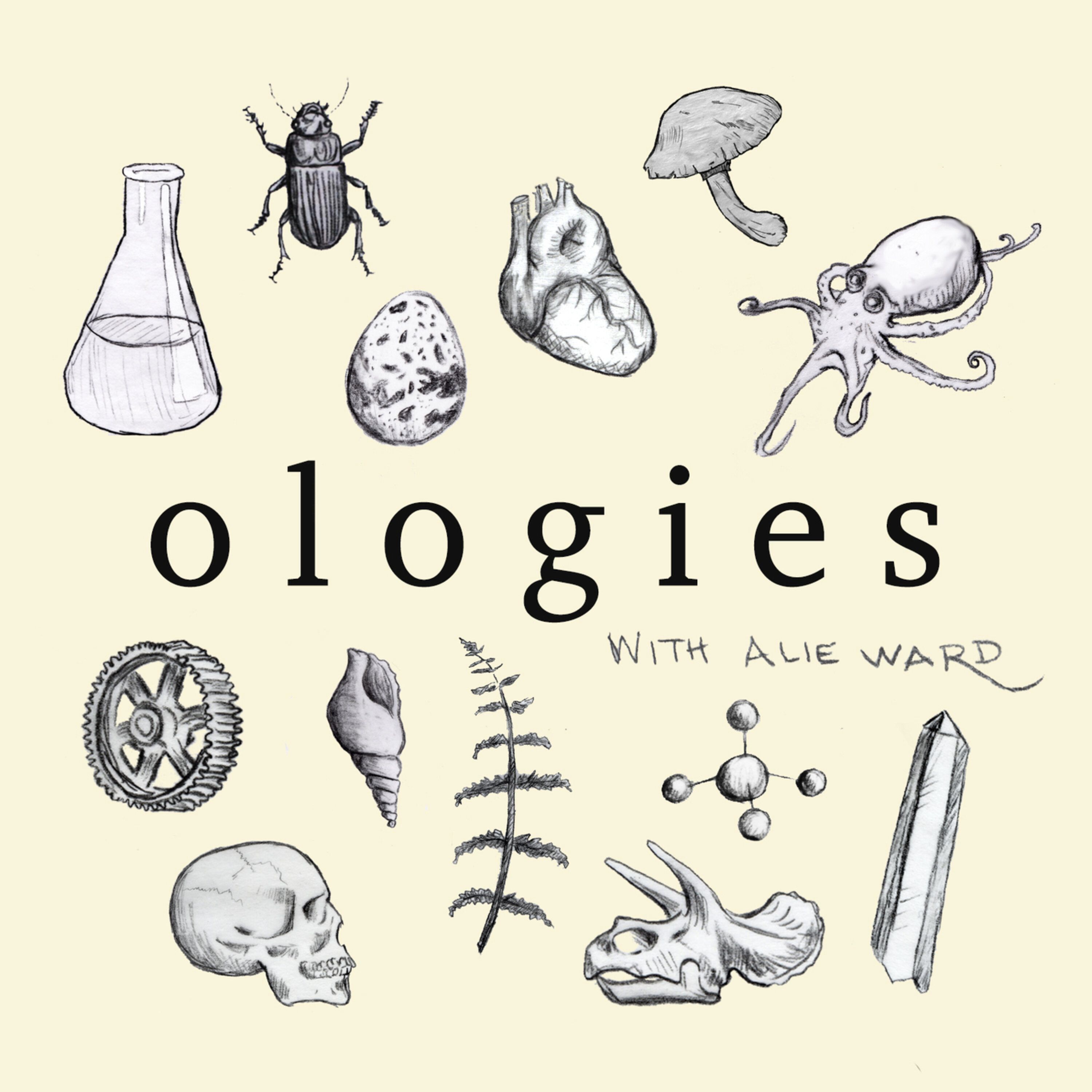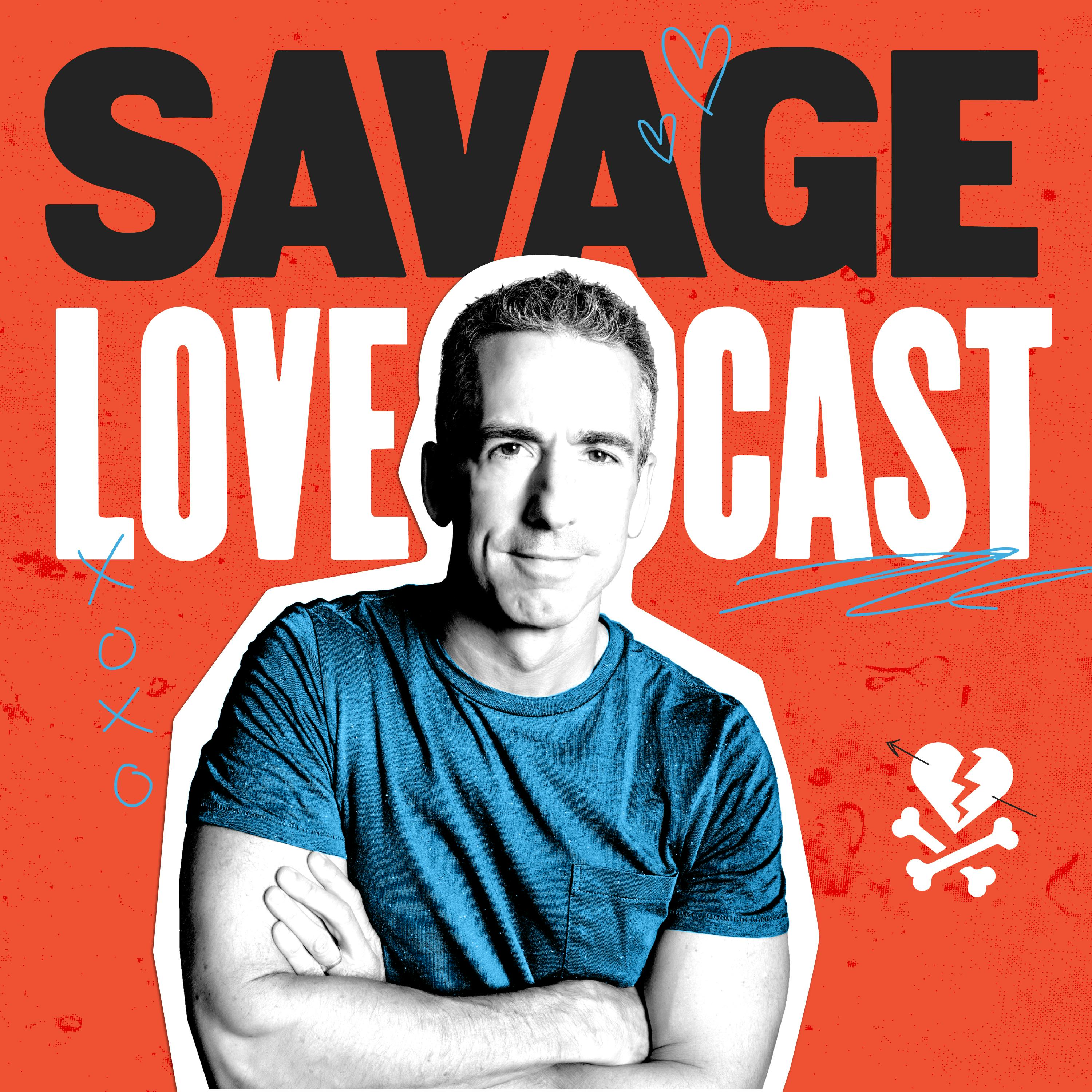
Heliox: Where Evidence Meets Empathy 🇨🇦
Join our hosts as they break down complex data into understandable insights, providing you with the knowledge to navigate our rapidly changing world. Tune in for a thoughtful, evidence-based discussion that bridges expert analysis with real-world implications, an SCZoomers Podcast
Independent, moderated, timely, deep, gentle, clinical, global, and community conversations about things that matter. Breathe Easy, we go deep and lightly surface the big ideas.
Curated, independent, moderated, timely, deep, gentle, evidenced-based, clinical & community information regarding COVID-19. Since 2017, it has focused on Covid since Feb 2020, with Multiple Stores per day, hence a sizeable searchable base of stories to date. More than 4000 stories on COVID-19 alone. Hundreds of stories on Climate Change.
Zoomers of the Sunshine Coast is a news organization with the advantages of deeply rooted connections within our local community, combined with a provincial, national and global following and exposure. In written form, audio, and video, we provide evidence-based and referenced stories interspersed with curated commentary, satire and humour. We reference where our stories come from and who wrote, published, and even inspired them. Using a social media platform means we have a much higher degree of interaction with our readers than conventional media and provides a significant amplification effect, positively. We expect the same courtesy of other media referencing our stories.
Heliox: Where Evidence Meets Empathy 🇨🇦
🛡️The Air We Share: Why Canada’s Building Code Decision Matters More Than You Think
Please take a look at this corresponding Substack episode for references and the letter template.
There's a particular kind of exhaustion that settles into societies after a crisis passes—or appears to pass. We've seen it before: the collective amnesia that follows disasters, the way urgent lessons fade into background noise as life rushes back to fill the void. But what if the crisis never actually ended? What if we're living inside its slower-burning sequel, one that's eating away at our workforce, our healthcare system, and our economic future while we pretend everything has returned to normal?
There's a vote coming in early 2026—quiet, technical, the kind of bureaucratic decision that usually passes unnoticed except by engineers and policy wonks. But this particular vote could determine whether Canada becomes a global leader in public health infrastructure or continues down a path that's costing us an estimated $30 billion annually in preventable disability and lost productivity.
The decision concerns something called ASHRAE Standard 241, a comprehensive framework for controlling infectious aerosols in buildings. If that sounds dry, consider what it actually means: mandatory clean air standards that could dramatically reduce the spread of airborne diseases, from COVID-19 to influenza to future pathogens we haven't encountered yet. Think of it as building codes finally catching up to what we've learned about how diseases actually spread—not through surfaces and doorknobs, as we once imagined, but through the air we breathe together in shared spaces.
This is Heliox: Where Evidence Meets Empathy
Independent, moderated, timely, deep, gentle, clinical, global, and community conversations about things that matter. Breathe Easy, we go deep and lightly surface the big ideas.
Thanks for listening today!
Four recurring narratives underlie every episode: boundary dissolution, adaptive complexity, embodied knowledge, and quantum-like uncertainty. These aren’t just philosophical musings but frameworks for understanding our modern world.
We hope you continue exploring our other podcasts, responding to the content, and checking out our related articles on the Heliox Podcast on Substack.
About SCZoomers:
https://www.facebook.com/groups/1632045180447285
https://x.com/SCZoomers
https://mstdn.ca/@SCZoomers
https://bsky.app/profile/safety.bsky.app
Spoken word, short and sweet, with rhythm and a catchy beat.
http://tinyurl.com/stonefolksongs
Curated, independent, moderated, timely, deep, gentle, evidenced-based, clinical & community information regarding COVID-19. Since 2017, it has focused on Covid since Feb 2020, with Multiple Stores per day, hence a large searchable base of stories to date. More than 4000 stories on COVID-19 alone. Hundreds of stories on Climate Change.
Zoomers of the Sunshine Coast is a news organization with the advantages of deeply rooted connections within our local community, combined with a provincial, national and global following and exposure. In written form, audio, and video, we provide evidence-based and referenced stories interspersed with curated commentary, satire and humour. We reference where our stories come from and who wrote, published, and even inspired them. Using a social media platform means we have a much higher degree of interaction with our readers than conventional media and provides a significant amplification effect, positively. We expect the same courtesy of other media referencing our stories.
Welcome back to the deep dive today. We're doing something a bit different. We're opening up your source material, not just to inform you, but hopefully to mobilize you. We're looking at a really critical kind of high states decision happening right now with the Canadian National Building Code, the NBC 2025 cycle. Exactly. And this is one of those rare moments where, you know, solid data meets policy directly. We want to hand you the key basically to influence that decision. Like right now. And it really is immediate. This isn't abstract. There's a genuine deadline looming for providing feedback on mandating modern clean air standards. That window to talk to the National Research Council, the NRC, and the CODES Canada team. It's closing really fast. Okay, so let's put that date out there right away. The final urgent date you absolutely need to know is November 12, 2025. That's it. That is the last real chance to push for including HOJAU Standard 241 before things get locked in for the next phase. Be sure and send your feedback before November 12, 2025. You can find an email template with the exact subject required, a 2, and a CC email and example content on our corresponding substack for this episode. Link in the notes. When you have made your submission, please make a note in the comments that you have done so and where you are from. Thank you. We're jumping straight in today with something pretty critical, maybe the most valuable infrastructure policy idea in Canada right now. And it's got nothing to do with roads or bridges. No, we're talking about protecting, well, what one source calls our national human energy. Basically, clean air indoors. Right. And the focus is AHARE Standard 241. That's the one for controlling infectious aerosols. Exactly. And our sources, they aren't framing this like some dry engineering rulebook. They're talking about it as a ready to go shovel ready project, one that could deliver something like a 15 billion dollar economic boost once it's fully rolled out. OK, hold on. 15 billion dollars just from like Better ventilation? That's a huge number. It is. It sounds massive. But the economics, when you dig into them, seem to back it up, mainly through preventing illness and disability. So our mission for this deep dive is to unpack that. How do we actually get that benefit? What are the real costs, the regulations, the hurdles? And why is this decision about putting ASHRAE 241 into the National Building Code, the NBC, happening like right now? Yeah, the timing is key. But for you, the listener, just the basics. ASHRAE 241 sets minimum standards to cut down airborne disease in buildings. Think better filters, more fresh air, maybe UV cleaning. And it's all measured against one thing. Pretty much. The core metric is equivalent clean airflow or ECAI. It measures the result, how much clean air is actually being delivered, not prescribing exactly how you have to achieve. it. Flexibility. Got it. Okay, let's get into the nitty gritty. Segment one, the technical and political landscape. So this standard, it comes in the US, ASHRAE is American. If Canada adopts it into the national code, who's actually responsible for making sure buildings meet these, well, complex health standards? Right. Good question. In Canada, accountability is crystal clear. It lands squarely on the engineering profession. Meaning? Meaning you need a professional engineer, a P.N., licensed in the relevant problems, to design and sign off on these systems, usually someone with an HVAC background. So it's not optional. It's legally binding if it's in the code. Absolutely. This isn't like a green building checklist you can aim for. It's about legal liability, public safety. There are voluntary certs. like HHRE's own certified HVAC designer, but they don't replace the PEEM requirement for sign off. Okay, so the engineers implement. Who's pushing for this change? Who wants ASHRAE 241 in the NBC 2025 update? Well, naturally, the engineering groups themselves are pretty vocal. The Ontario Society for Professional Engineers, OSBE, they submitted strong support back in 2023. What was their argument? Basically, that this is the most effective way to sort of pandemic-proof our infrastructure, make buildings resilient. Makes sense. But who makes the final call? Who are the gatekeepers? That would be the Canadian Commission on Building and Fire Codes, the CCBFC. They operate under Codes Canada and the National Research Council, NRC. They manage the whole NBC update cycle. And you mentioned the clock is ticking. How urgent is this? It sounds like a decision with really long-term consequences. Incredibly tight. The public review for the NBC 2025 proposals... That already closed way back in February 2025. So we're past the public input stage. Yeah, we're now in the final deliberation phase. The actual vote by the overarching body, the Canadian Board for Harmonized Construction Codes, or CBHCC, that's scheduled for Q1 2026. Q1 2026. So we're talking less than, what, 90 days? Pretty much. Less than three months until this is potentially locked in or potentially missed for this code cycle. It's very close. Wow. Wow. Okay. If the vote does go through, what are the key technical things buildings would actually need to do? Top three. Okay. First, meet those ECAI targets, the equivalent clean airflow rates. They vary a lot depending on the space, you know, anywhere from 30 up to maybe 100 liters per second per person for credit spot. Right. Risk-based. What else? Second, filtration. Mandates high-efficiency final filters. specifically MRVA13 or better. That A means it's tested under tougher conditions. MRVA13. Okay. And the third? The third is maybe the most dynamic part. It's the infection risk management mode or IRM. IRMM. That sounds important. What exactly is it? It's basically a requirement that the building systems must be able to ramp up during high risk periods. Like a surge capacity. Exactly. Think increased ventilation, running UV systems harder, maybe switching to even higher filtration if designed for it. It ensures the building can actively respond when there's more virus circulating locally, not just chug along at minimum levels all year. Okay, that makes sense. It's adaptive. Let's shift gears now to why this is supposedly so necessary economically, segment two. Okay. So the argument is this standard prevents huge costs down the line. We're not just talking fewer colds, are we? We're talking about something bigger, something damaging the Canadian workforce. What are the sources saying about long COVID's impact right now? The data is pretty sobering. A big systematic review looking globally found the average prevalence of long COVID is about 36 percent among people who definitely had COVID. 36 percent. That's more than one in three. Yeah. And it gets worse. If someone was hospitalized with COVID, that rate jumps to 44 percent. And maybe the most concerning part, for nearly half of those cases, the symptoms last longer than a full year. A year or more. What kind of symptoms are we talking about? about that actually hit the economy well the kind that really impact productivity especially in you know office jobs or service roles severe fatigue is a big one reported about 20% of long COVID cases neurological issues around 16% brain fog exactly That chronic cognitive impairment, the really debilitating brain fog, is recognized in estimates range from 37 percent to 40 percent of long COVID cases. You just can't run a modern economy effectively with that level of impairment widespread. And we're seeing this impact in essential services already. Absolutely. You look at health care, for example. Studies aligned with groups like the British Medical Association suggest up to 30 percent of doctors who got symptomatic COVID either cut back their hours significantly or stopped practicing altogether because of ongoing health issues or disability. 30 percent of doctors. Yeah. I mean, think about Canada's health care spending. It's already huge, like $330 billion a year, 12 percent of GDP. Losing that kind of high skilled workforce constantly, it's financially devastating, let alone the impact on care. OK, this connects to a really crucial point from the sources about getting infected multiple times. times. It's not like catching a cold over and over, is it? The risk profile changes. That's probably the single biggest aha moment in the data. And it really justifies why a mandatory standard makes economic sense. Reinfection isn't just bad luck. It seems to actively increase the danger. so each reinfection appears to raise the odds of developing long COVID by roughly 35 percent per reinfection event wow so it compounds it looks like it the damage seems cumulative or at least the risk escalates nonlinearly it's not just resetting the clock each time you get sick How? and with new variants constantly popping up this risk isn't just seeding anymore precisely you see variants like mb.1.8.1 mentioned showing 40 50% immunization that means the threat isn't limited to winter it's why that infection risk management mode the IRMM is so important you might need that ramped up protection for say 30 or 40 weeks a year not just during a traditional flu season okay so the health burden is clear the risk escalates now the financial bombshell the sources point to a massive problem with private insurance-based basically stepping away. Yeah, this is potentially a $30 billion annual fiscal time bomb for the public purse. Because major private insurers, names like Sun Life, Manual Life are mentioned, are reportedly denying a huge chunk, over 40% of long-term disability or LTD, claims related to these kinds of infection-driven chronic conditions. On what grounds? Often citing things like lack of objective evidence for symptoms like fatigue or brain fog, or using specific infectious disease exclusions in policies. Basically, they're saying it's not covered. So the private market washes its hands of the long-term costs resulting from arguably inadequate public health infrastructure like poor indoor air? That's exactly the implication. And that decision shifts the entire financial weight estimated at $20 to $30 billion annually strain onto public systems. Meaning EI, CPP, disability. Exactly. Employment insurance, the Canada Pension Plan, disability benefits. They end up footing the bill for chronic illnesses that, the argument goes, could have been largely prevented or mitigated by better building standards. If government doesn't mandate clean air, the taxpayer effectively covers the long-term disability costs. That's a powerful financial argument for mandating something like HHRE 241. It flips it from a cost to an investment. or maybe cost avoidance. Precisely. Which leads us nicely into the next segment, the actual financial case for implementing it. Okay, so if not acting potentially leaves taxpayers holding a $30 billion bag annually, then doing something like adopting HHR 241 looks different. Why are the sources calling this specific standard so shovel-ready? Well, mainly because all the pieces are basically in place. The standard itself, HHRA 241, is finalized. The methods for calculating that key metric, ECAI, are developed, and crucially, the expertise is here. The engineers we talked about earlier. Yeah, Canada has over 300,000 licensed professional engineers. A good number of them specialize in HVAC and building systems. We don't need, you know, years of fundamental research and development. So funding could be deployed quickly. That's the argument. The federal government could theoretically launch pilot programs, maybe starting with $500 million or so, using existing infrastructure funding streams. Things like the Greener Homes Initiative or General Infra-Fracture Canada funds could potentially be adapted. All right, let's talk payoff. If Canada does put this into the National Building Code, what's the projected return on that investment? Big picture numbers. The overall benefit cost ratio, or BCR, is estimated pretty conservatively at 20 to 1 initially.$20 back for every dollar spent. That's the projection. And for really high priority places like hospitals or long term care, the payback period is calculated to be incredibly fast, less than six months. Wow. And the total economic impact. You mentioned $15 billion earlier. Right. That's the estimated annual net gain once the standard is fully phased in across the country. But even in year one, the projection is a $3.1 billion net economic gain. Okay, $3.1 billion in year one. That still feels big. How do they get to that number? Can we trust it? Well, it's based on a couple of things. First, the direct savings from better health outcomes. Like? Like avoided hospital visits, fewer people developing disabling long COVID, and reducing that workforce attrition we talked about, especially doctors and nurses leaving the profession. That direct saving is estimated at about $2.85 billion initially. Right. Okay, $2.85 billion in direct health savings. Where does the rest of the $3.1 billion come from? That comes from applying a GDP multiplier. A multiplier. Explain that. It's a standard economic tool. The estimate is around 17,500 jobs right off the bat in HVAC manufacturing, installation, engineering, consulting, that sort of thing. So to get the best bang for the buck quickly, where should policy focus first? Where's the highest ROI? Prioritization is definitely key for demonstrating success. Health care settings, unsurprisingly, show the highest potential return. We're talking BCRs of maybe 30 to 1, up to 45 to 1. Why so high there? Mostly due to the vulnerability of the people in hospitals and care homes. Preventing outbreaks there has huge immediate benefits. After health care, schools are a major target. What's the ROI for schools? Still very strong. Estimated between 6 to 1 and 12 to 1. A big part of that is just cutting down student absenteeism. Do you have sick days for kids? Right. Estimates suggest it could cut absenteeism by 10 to 15 percent. Right. And that has a knock-on effect parents don't have to miss work as often. It boots overall economic productivity. And this isn't just an Ontario or Central Canada thing, right? The economic benefits are spread out. Yeah, the sources specifically break down some regional impacts. Quebec, for instance, has a strong green manufacturing base, partly through CEDQ initiatives. It's projected to gain about 4,100 jobs and maybe $2.4 billion in GDP related to producing the needed equipment. And out west. Western Canada, B.C. and Alberta combined is projected to see around 9,300 jobs and $3.4 billion in GDP impact. especially if they're targeted for early pilot projects in schools and clinics. So, yeah, the benefits seem pretty widely distributed. Okay, massive economic case, clear health benefits, jobs across the country, workforce ready. How does this stack up internationally? Are other countries doing this? Segment four, global leadership. Well, this is where Canada has a really interesting opportunity. ASHRAE 241 is a code enforceable whole building standard specifically for infectious aerosols. It's pretty unique globally right now. Really? What are other places doing? Most other countries or regions are still relying on guidelines, recommendations, you know, things that aren't legally mandatory in the building code itself. That's a huge difference in terms of actual implementation and accountability. So who is moving towards mandating something like 241? The clear frontrunner mentioned is Dubai. Apparently, they've already mandated AHHRE 241 citywide, with enforcement set to begin in July 2025. Dubai. Okay. What about major Western economies? the US, Europe. The US is lagging, frankly. Adoption there is mostly voluntary or discussed at the state level. Maybe only three states seriously considering making it mandatory. It's definitely not a federal requirement. And the EU or UK? Similar situation. They tend to rely on standards, bodies issuing guidance, but it's generally not woven into the mandatory building regulations in the same comprehensive way that 241 is designed for. OK, so if Canada, if that CBHCC vote in Q1 2026 goes yes, and AHHRA 241 gets integrated into the National Building Code, what does that actually mean on the world stage? It would be huge. It would instantly make Canada the first G7 nation to mandate this level of protection against airborne disease transmission across, you know, a wide range of buildings covered by the National Code. First in the G7. ahead of the U.S., U.K., Germany, France. Exactly. We'd leapfrog ahead of the U.S., the U.K., the entire EU in terms of setting a national standard for health resilience in the built environment. It's a genuine global leadership position on offer. Okay, let's try to sum this up then. Integrating ASHRAE 241 into the NBC isn't just some technical update for engineers. The argument is it's urgent economic policy. Yeah, high return economic policy. It potentially prevents... That massive $30 billion annual hit to public finances caused by long COVID disabilities that private insurance seems unwilling to cover anymore. And the standard is developed. The engineers are ready. The potential ROI is massive. Job creation is built in. And importantly for everyone listening, this is still a proposal. It's not a done deal. That final vote for the NDC 2025 is just weeks away, Q1 2026. This decision really could shape Canadian buildings, health and the economy for decades. Right. So given all that the overwhelming economic case presented in these sources, the potential for job creation, the massive savings, the fact that private insurance has created this, well, this coverage vacuum, it seems like a logical step. Which brings us to the final provocative thought for you, the listener. What unexpected roadblocks might actually emerge in these last critical 90 days? If the economic and health arguments are so strong, what kind of political inertia or maybe specific industry opposition could possibly derail this and stop Canada from becoming that global leader in clean indoor air? That's the key question, isn't it? Because the opposition, if it comes, probably won't be based on the evidence we've discussed. It might come from sectors worried about upfront costs or maybe just resistance to change itself, even if the long term numbers point towards a huge net benefit for the country. Deferring costs often wins in the short term, even if the public pays more later. That $30 billion deferred cost landing on the taxpayer, definitely something to think about. Thank you for joining us for this deep dive.
Podcasts we love
Check out these other fine podcasts recommended by us, not an algorithm.

Hidden Brain
Hidden Brain, Shankar Vedantam
All In The Mind
ABC listen
What Now? with Trevor Noah
Trevor Noah
No Stupid Questions
Freakonomics Radio + Stitcher
Entrepreneurial Thought Leaders (ETL)
Stanford eCorner
This Is That
CBC
Future Tense
ABC listen
The Naked Scientists Podcast
The Naked Scientists
Naked Neuroscience, from the Naked Scientists
James Tytko
The TED AI Show
TED
Ologies with Alie Ward
Alie Ward
The Daily
The New York Times
Savage Lovecast
Dan Savage
Huberman Lab
Scicomm Media
Freakonomics Radio
Freakonomics Radio + Stitcher
Ideas
CBC

